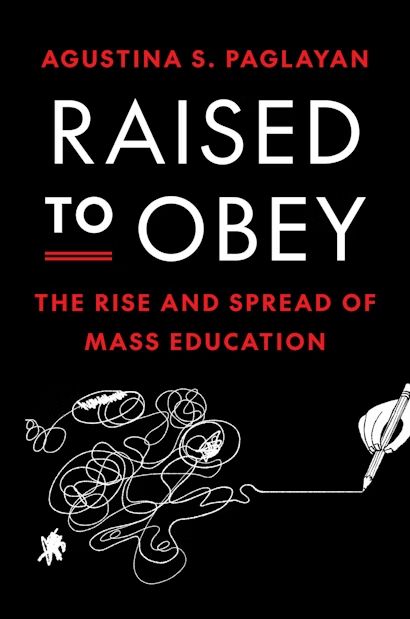Nicholas Gachet
@nichogachet.bsky.social
210 followers
1.1K following
16 posts
PhD candidate in Economics at the University of Manchester. Developmet|political econ|Econ history|Applied econometrics
Website: https://sites.google.com/site/nicholasgachet/home
Posts
Media
Videos
Starter Packs
Pinned
Reposted by Nicholas Gachet
Andre Groeger
@andregroeger.bsky.social
· May 28
Reposted by Nicholas Gachet
Reposted by Nicholas Gachet
Reposted by Nicholas Gachet
Reposted by Nicholas Gachet
Nicholas Gachet
@nichogachet.bsky.social
· Nov 21
Nicholas Gachet
@nichogachet.bsky.social
· Nov 21
Nicholas Gachet
@nichogachet.bsky.social
· Nov 21
Nicholas Gachet
@nichogachet.bsky.social
· Nov 21
Nicholas Gachet
@nichogachet.bsky.social
· Nov 21
Nicholas Gachet
@nichogachet.bsky.social
· Nov 21
Reposted by Nicholas Gachet













